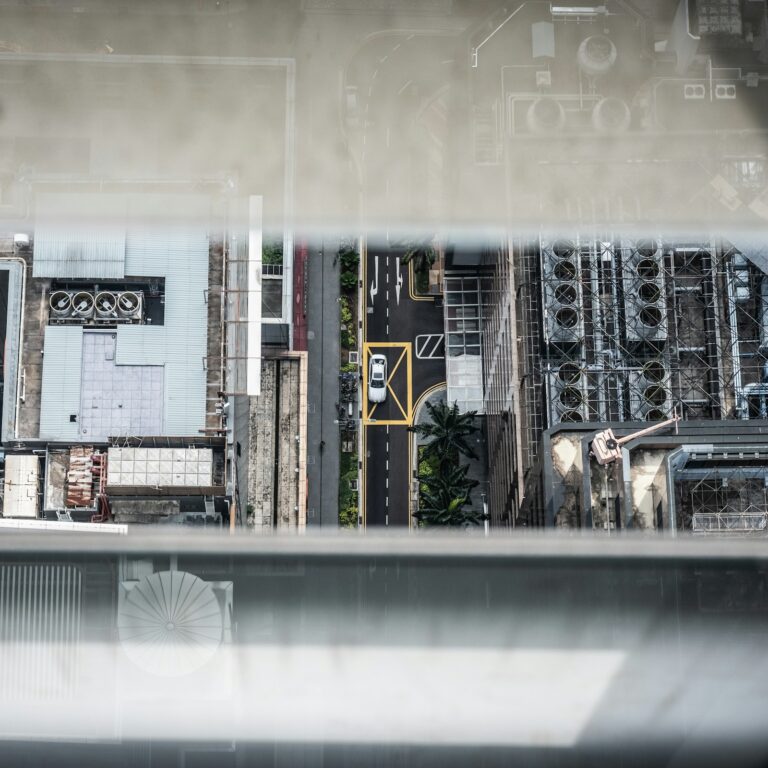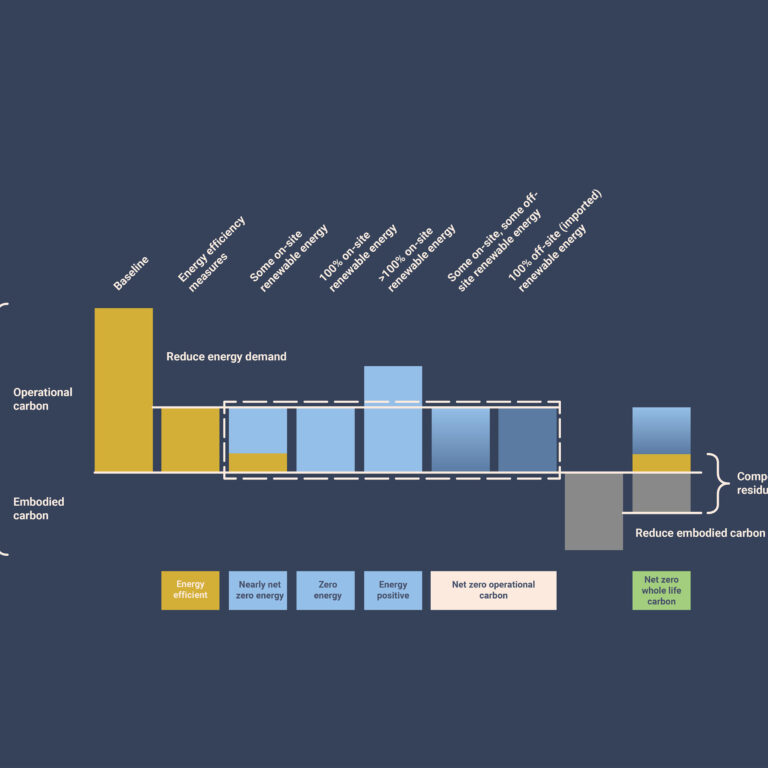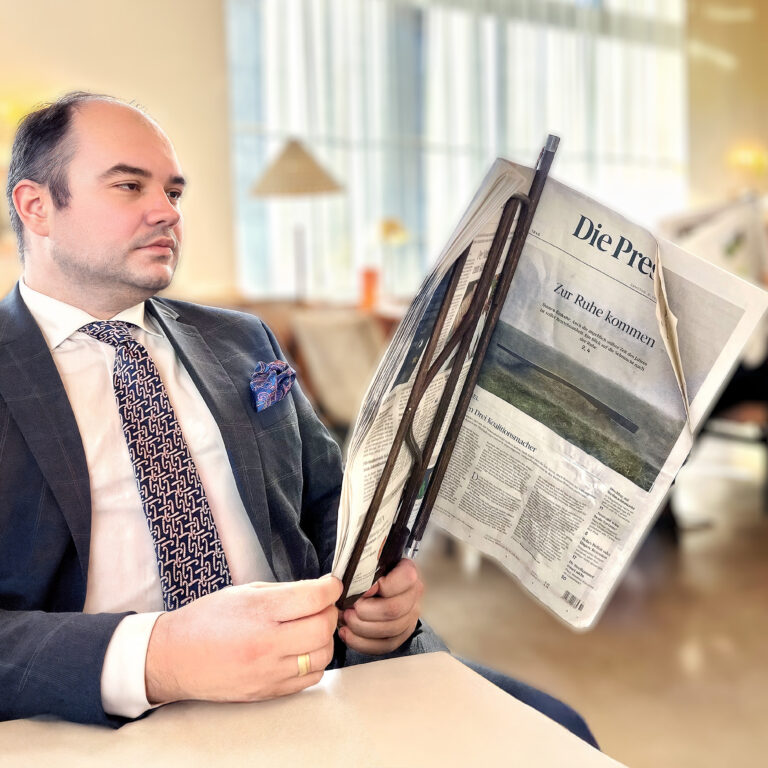Most overruns in housing projects do not come from concrete or steel. They come from decisions made too late, too imprecisely, or without a real understanding of the rules that govern construction. At first, these costs remain invisible. Silent. They do not appear in the budget or the timeline. Yet every unclear step sets off a chain reaction. By the time the consequences surface, the damage is already done — in lost months, rising fees, and eroded trust.
Hidden traps in early decisions
The most underestimated moment in any project is the beginning.
- Buy land without a proper zoning check, and only later discover that floor-area limits are far tighter than assumed.
- Skip a neighbour analysis, and a single objection can delay a permit by half a year.
These traps do not appear in glossy real estate brochures, yet they decide whether a project will move forward smoothly — or become paralysed before it even starts.
The illusion of saving money
Shortcuts feel efficient in the moment, but what looks like a saving often conceals deferred risk.
- Skipping a soil study “saves” a few thousand euros.
- When excavation reveals unstable ground, foundations suddenly cost hundreds of thousands more.
Had the issue been known earlier, the building could have been repositioned, the design adapted, the budget aligned. Instead, the project becomes a hostage of its own shortcuts. In reality, the best way to save money is by investing in foresight — in proper planning, clear alternatives, and early testing of scenarios. Once construction starts, the project is like a rollercoaster: the path is fixed, and control is limited.
The domino effect of small errors
In housing, nothing exists in isolation.
- Move a staircase after submission, and you may trigger new fire calculations, redrawings, and even a full resubmission.
Every “minor” adjustment unleashes a domino effect: consultants re-coordinate, authorities re-review, and weeks stretch into months. The investor’s challenge is to know when to intervene and when to accept that choices are set. True control lies in timing decisions with precision — not in constant revision.
Clarity as insurance
The silent cost of bad decisions is not only financial. It is the erosion of confidence — among clients, banks, contractors, and residents.
- Clarity is the best insurance.
- Clear drawings prevent disputes.
- Clear coordination avoids hidden overlaps.
- Clear decisions, made at the right moment, prevent silent costs from turning into loud crises.
Architecture is not only the art of designing space. It is also the discipline of protecting projects from their own hidden risks.
In housing projects, silence is never neutral. Every unmade decision accrues interest. Every shortcut plants the seed of future cost. The true value of architecture lies not only in what is built, but in what is prevented: delays, overruns, disputes. The silent cost of bad decisions is real — but it is also avoidable. It demands foresight, discipline, and above all, the courage to decide with clarity from the very beginning.






